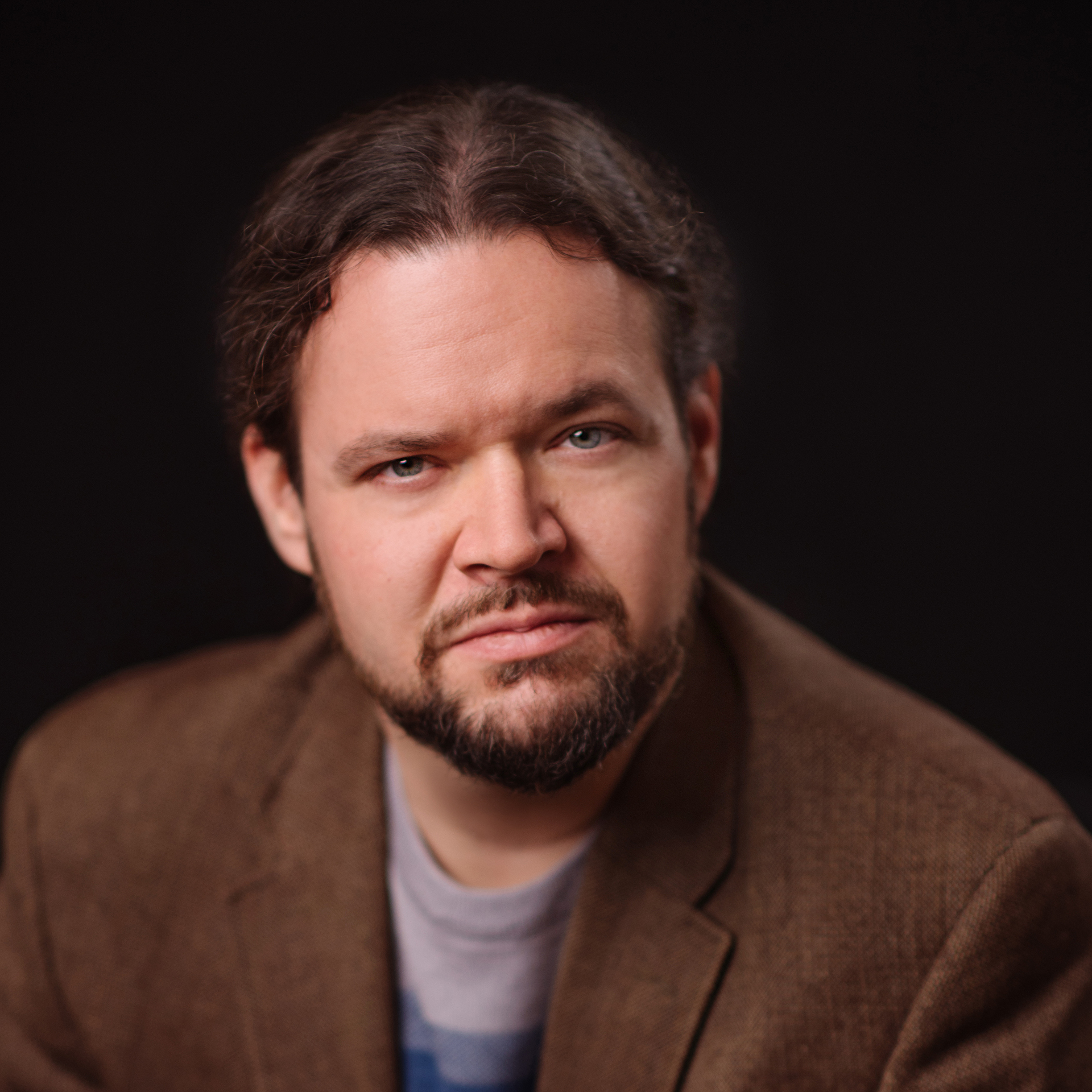The Digital Ditch
The Digital Divide Simulator lets you select the website you want to test, then select the bandwidth you want to simulate, and click "simulate". You will be presented with two pages: one at full speed and one at the limited speed. You can then compare the two.", which options ranging from 0.3 Kbps ['Deep field' HF radio] to 128 Kbps[ISDN Connection; VSAT Downstream], 256 Kbps[ADSL Connection], and full speed.
This is missing the point entirely. Sure, a .3Kbps connection is... uh... slow, and does not enable even most IM clients (they're surprisingly bandwidth hogs for text transfer), and most websites are image-laden beheamoths, BUT... we're arguing degrees of access; this is the digital ditch. The divide is beyond te .3Kbps, it's where there is no Internet access or telecom infrastructure available (or affordable to anyone but the very rich).
Now, there is an excellent map on this website that shows the world and relative Internet access:
Jamaica is listed in the "Upper" category of countries, with 17.2 subscribers per 100, but from personal experience I know that there are many places in the deep rural parts that have no landline service, and have only recently gotten cell coverage. There are schools without electricity, without even the option for telephones or computers with Internet access.
These cheery categorizations and statistics, and the ability to "try out" Internet access through a slow connection are masking the realities of the situation. 17.2 per 100? That means 82.8 per 100 without home access; what percentage of those don't have Internet at work? At school? Available in their community? Those numbers begin to reveal the true divide.
